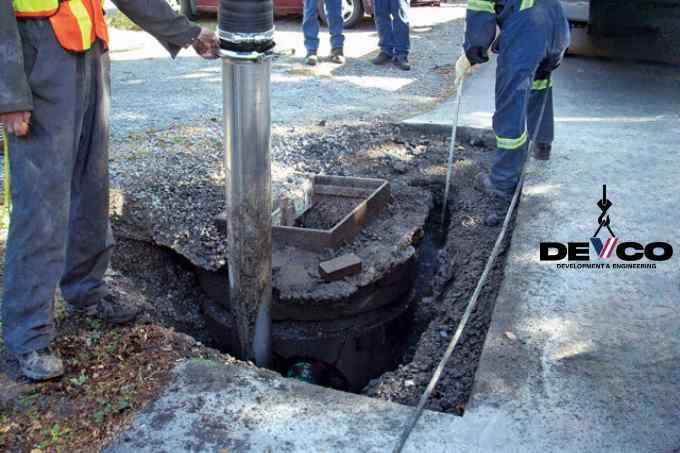Request for Contact/Quote
Have an urgent request? Let us know here and we will have someone reach out ASAP.

In the realm of hydro excavation, safely exposing underground utilities is a paramount concern. This blog post delves into the process and benefits of using hydro excavation for this critical task, ensuring minimal risk and maximum efficiency.
Uncovering utilities like gas, water, and telecommunication lines is a delicate process. Traditional methods pose risks of damaging these utilities, leading to costly repairs and potential safety hazards. Hydro excavation offers a solution that is both safe and precise.
Hydro excavation uses a combination of pressurized water and an air vacuum to carefully remove soil, thereby exposing underground utilities without the risk of damaging them. This non-mechanical, non-destructive method ensures a safe working environment and prevents disruptions to services.
This technique is invaluable in construction, maintenance, and urban development, where the accurate location and preservation of underground utilities are essential.
Safely exposing utilities is a critical aspect of modern excavation work. Hydro excavation, with its precise and controlled approach, offers an optimal solution, marking a significant advancement in excavation technology.
Revisit the foundational technique in “Understanding Hydro Excavation.” Reflect on the efficiency of debris removal in our previous article, “Debris Removal through Hydro Excavation.” Up next, learn about the “Efficiency of Piling Hole Excavation in Hydro Excavation.”